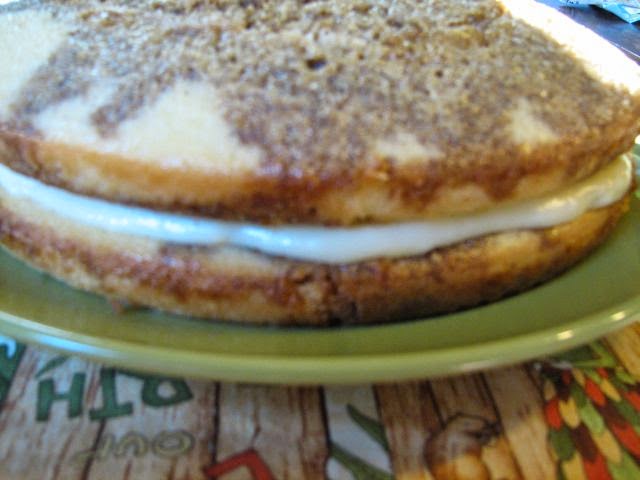PETITE PUFFS OF HAM
Since I’m continuing to force myself to try
recipes that are not familiar to me, I ventured into The Ground Meat Cookbook for this dainty meal. As a pre-warning,
the original recipe for these “puffs” makes for more of an appetizer or
finger-food than it does for an actual meal. But, if dinner is more your style,
look to my revisions at the bottom!
Puffs
½ C flour
½ tsp dry
mustard
½ C hot
water
¼ C butter
¼ tsp salt
2 tbsp
grated Parmesan cheese
2 eggs
Sift
together flour and mustard and set aside. Boil water, salt, and butter in a
saucepan. Add dry ingredients all at once. Beat vigorously with a wooden spoon
until mixture leaves sides of pan and forms a smooth ball. Remove from heat and
add cheese, stirring until melted. Quickly beat in eggs. Continue beating until
smooth and glossy.
Drop by
teaspoonfuls onto a greased baking sheet. Bake at 450oF for 10
minutes. Reduce heat to 350oF and bake for 5 minutes longer. Remove
to cooling rack and cool completely.
Filling
½ C ground cooked ham
1 tbsp butter
1 tbsp flour
¼ tsp salt
¼ MSG
Pepper to taste
1 C milk
1 tbsp capers
2 tsp minced onion
1 tsp lemon juice
Melt butter over low heat. Blend in flour, salt,
MSG, and pepper. Heat until mixture bubbles. Remove from heat. Add milk
gradually while stirring constantly. Return to heat and bring to boiling,
stirring constantly. Cook 1 to 2 minutes longer. Add remaining ingredients and
heat through.
Cut top off of each puff and fill with ham sauce.
Replace top.
First, before I get to the revisions, these are
very tasty. We enjoyed them as a quick snack before our evening rock climbing.
Revisions
My only revision for the ham sauce would be to add some parsley -- it made the flavor of the sauce a little more fresh and bright.
While the sauce is delicious, the puffs could use
some work. If I make this recipe again, I will add more mustard and cheese to
the dough recipe. Additionally, the puffs did not rise the way I was expecting.
In the future, I would recommend adding
1 tsp or so of baking powder to help the puffs do what their name promises.
Dropping the dough by tablespoons, or making a second batch of dough, might
help this recipe as well, since I ended up with more ham sauce than puffs.














































